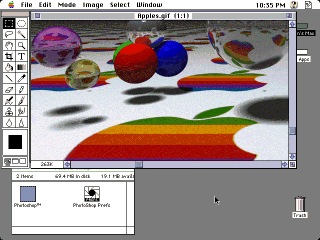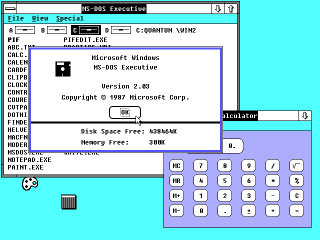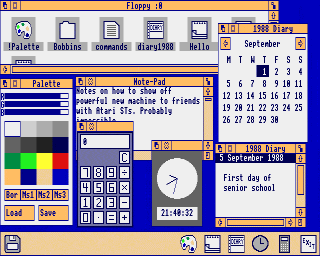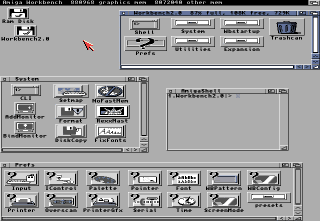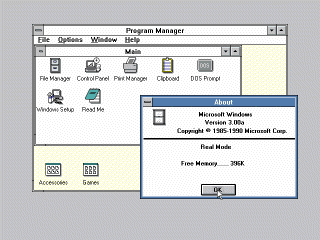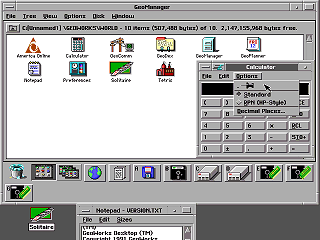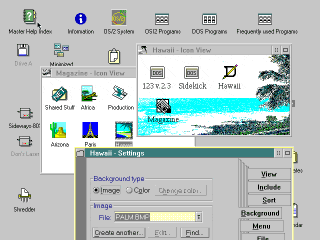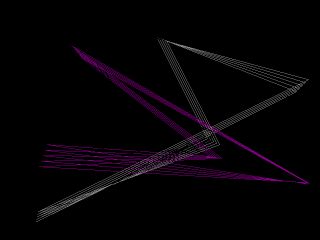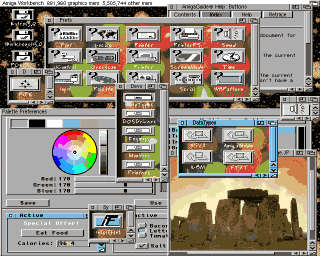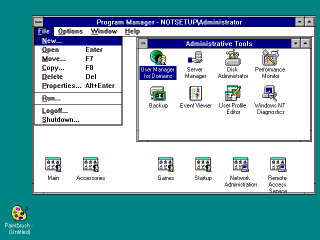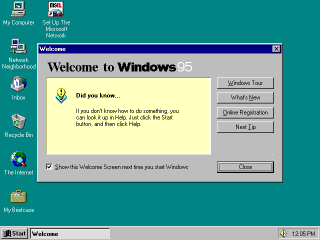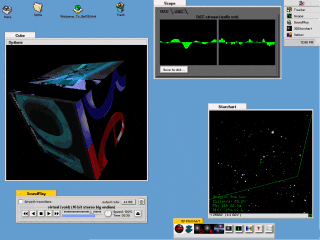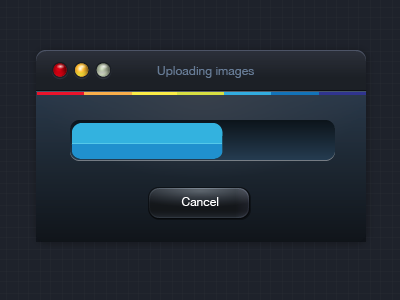 Grafikus felhasználói felületek idővonalaA számítógép-generációk c. diasort megtalálod itt: http://informatika.gtportal.eu/letoltes/alap/Szamitogep_generaciok.pps
Grafikus felhasználói felületek idővonalaA számítógép-generációk c. diasort megtalálod itt: http://informatika.gtportal.eu/letoltes/alap/Szamitogep_generaciok.pps
http://toastytech.com/guis/ honlap alapján készült időrendi táblázatban 1973-tól napjainkig láthatod a grafikus felhasználói felületek vagy grafikus operációs rendszerek fejlődését.
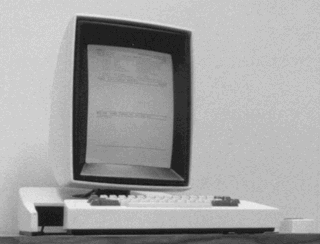 |
1973. áprilisa. A Xerox cég által kifejlesztett ALTO gép, amely a későbbi nagy grafikus operációs rendszereket “ihlette”. Itt már megtaláljuk a modern operációs rendszerek minden elemét:
- 3 gombos egér.
- Raszterpontokból összeálló grafikus képernyő (ami már nem csak karakterek, hanem képek megjelenítésére is alkalmas).
- Ablakok.
A későbbi vita, miszerint az Apple ötleteit lopta el a Microsoft, innen eredeztethető: Jobs és Gates is látta a Xerox bemutatóját Rájöttek, hogy ez a jövő útja. Aztán más-más utakon megvalósították. Mindketten a Xerox megoldásait másolták.
A sors iróniája, hogy a Xerox sosem ért el komoly üzleti sikert a megoldásával.
More Info… Links… |
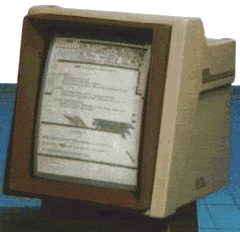 |
1980: Three Rivers Computer Corporation Perq grafikus munkaállomása.Links… |
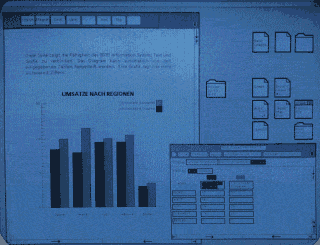 |
1981. június: Xerox Star, az ALTO üzleti változata.Érdekes tulajdonságai:
- Kettős kattintás az ikonokra,
- egymást eltakarni képes ablakok,
- párbeszédablakok,
- 1024*768 fekete-fehér kijelző.
More Info… Links… |
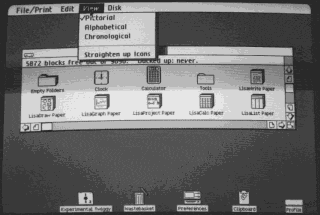 |
1983. január: az Apple Lisa számítógépe.Új elemek:
- Legördülő menük,
- menüsorok.
More Info… Links… |
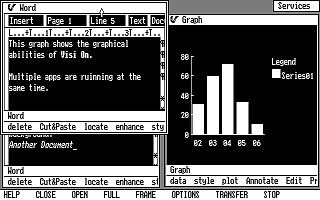 |
Visi Corp létrehozza a Visi On-t, az első integrált grafikus környezetet IBM személyi számítógépekre.More Info… Links… |
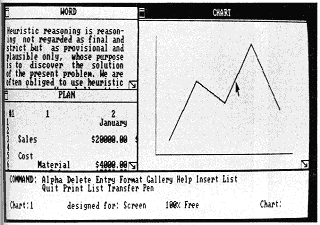 |
Microsoft bejelenti az új Windows terveit IBM PC-re. 1985-ig fejlesztik.Tulajdonságai:
- Átfedő, méretezhető ablakok.
More Info… Links… |
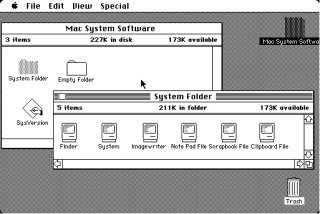 |
1984. január: Apple bemutatja a Macintosh-t.More Info… Links… |
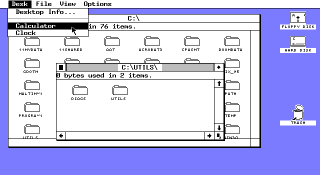 |
Szeptember: Digital Research bejelenti a GEM felhasználói felületét 8086- és DOS-alapú számítógépekre. Később Atari számítógépekre is portolják.More Info… Links… |
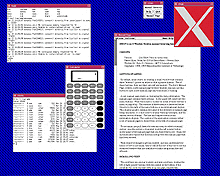 |
Június: X-window rendszer az MIT egyetemen.
Máig a UNIX-típusú gépek elterjedt ablakozó rendszere.
More Info… Links… |
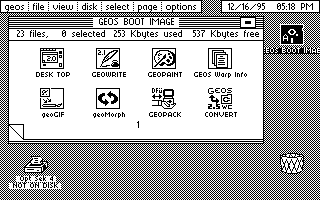 |
1985: Geos – a Commodore 64 majd az Apple II grafikus felülete.More Info… Links… |
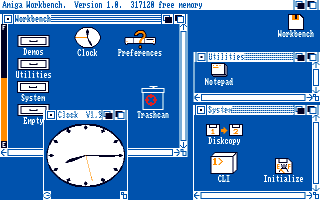 |
Július: Commodore Amiga 1000 az Amiga Workbench környezettel.More Info… Links… |
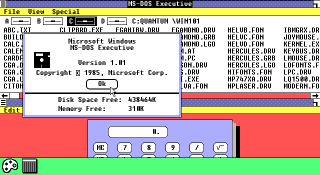 |
Augusztus: Microsoft bemutatja a Windows első verzióját.Tulajdonságai:
Az ablakok már nem tudják átlapolni egymást. Steve Jobs-szal és az Apple fejlesztőivel való vita után csak csempézett ablakelhelyezést valósíthattak meg.
More Info… Links… |
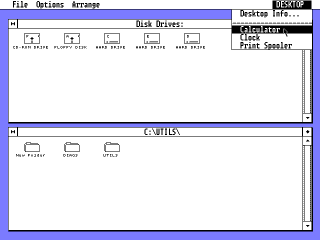 |
1986: az Apple megfenyegeti a Digital Research céget, mert a GEM asztal szerintük nagyon hasonlít az Apple Macintosh-ára.More Info… Links… |
 |
1988: Apple GS/OS, a 16-bites oprendszer, Macintosh-szerű felülettel az Apple IIGS-hez.More Info… Links… |
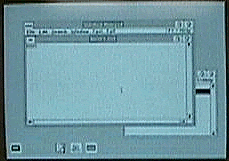 |
Octóber: IBM OS/2 1.10. Grafikus interfésszel is rendelkezett, melyet Presentation Manager-nek hívtak, a Microsoft fejlesztette a Windows mintájára.More Info… Links… |
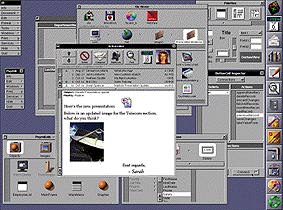 |
Octóber: A Steve Jobs által alapított NeXT Computer gépe.More Info… Links… |
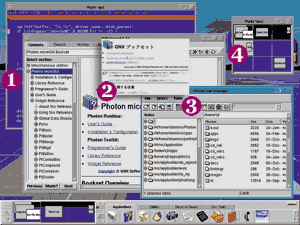 |
1994: QNX Software Systems beágyazott mikrokernel, mely grafikus felületet használ.More Info… Links… |
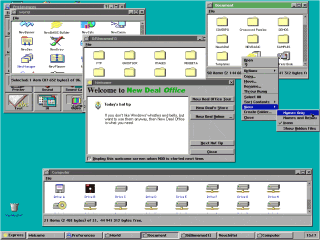 |
1996: New Deal Office 2.5, mely igazából egy PC-GEOS.More Info… Links… |
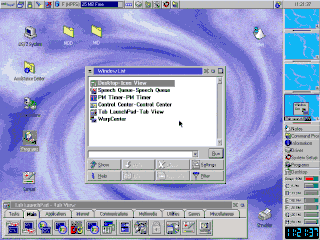 |
IBM OS/2 Warp 4, mely a Workplace Shell továbbfejlesztése. Tud windows-os programokat is futtatni, erőteljes 32-bites operációs rendszer.More Info… Links… |
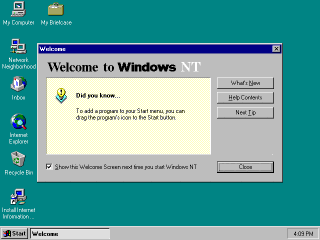 |
Microsoft Windows NT 4.0.More Info… Links… |
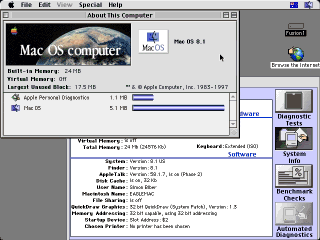 |
1997. júliusa: Mac OS 8. Kevesebb mint 2 hét alatt 1.25 millió példány kelt el.More Info… Links… |
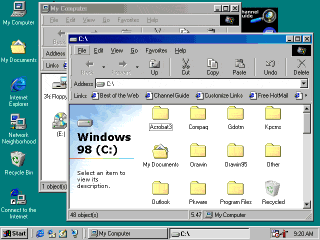 |
1998. júniusa: Microsoft releases Windows 98.Features: Internet Explorer Web browser application takes over the role of the Windows shell, advertising right on the desktop, entire help system replaced by Internet Explorer.More Info… Links… |
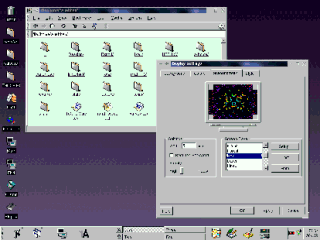 |
July 12, 1998: KDE 1.0 releasedFeatures: A very Windows 9x like environment for Linux.More Info… Links…. |
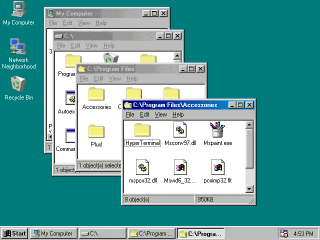 |
November 22, 1998: Shane Brooks Releases 98Lite, an installer that removes or prevents the installation of Internet Explorer with Windows 98.Features No Internet Explorer or advertising, all the hardware support of Windows 98, faster boot time, and the more responsive Windows 95 shell.More Info… Links… |
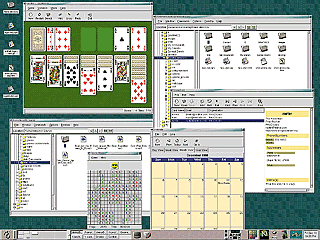 |
March 3, 1999: GNOME 1.0 released.More Info… Links… |
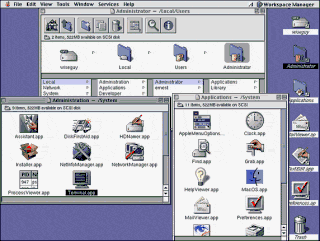 |
March 1999 – Apple releases Mac OS X Server, a Unix based OS with their Macintosh GUI.More Info… Links… |
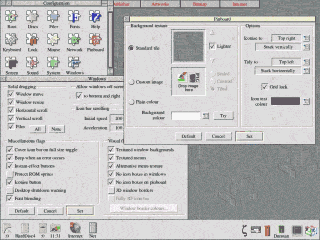 |
June 1999 – RISCOS Ltd releases RISC OS 4 for RiscPC, A7000 or A7000+ machines.More Info… Links…. |
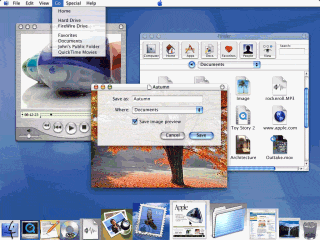 |
2000. január 5.: az Apple bejelenti az Aqua felületet, melyet a MacOS X-en fognak alkalmazni. Az új Mac-ek áttetsző designját követi a felhasználói felület is. Itt jelenik meg a Dock, mely a képernyő alján tartalmaz gyönyörű animálható ikonsort.More Info… Links…. |
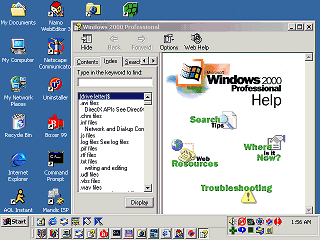 |
February 17, 2000: Microsoft Windows 2000 (AKA Windows NT 5) becomes available in stores.Features: The Internet Explorer web browser application finally takes over the Windows NT UI.More Info… Links… |
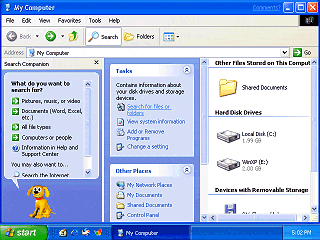 |
October 25, 2001: Microsoft releases Windows XP (AKA Windows NT 5.1)Features:
Tons of eye candy.
“Product Activation” tethers XP to the existence of the Microsoft corporation.
The dog from Microsoft Bob.More Info… Links… |
 |
April 24, 2003: Microsoft releases Windows Server 2003 (AKA Windows NT 5.2 and for a time called “Windows.NET server”)Features:
Drops the eye candy.
Server-only release.More Info… Links... |
 |
January 2004, ReactOS 0.2.0 is released. ReactOS is a 32-bit Windows clone and can even use Windows NT device drivers. This is the first version to include its GUI shell – ReactOS Explorer. At this point ReactOS is still in early development and can only run very simple Windows applications such as Solitaire.More Info… Links…. |
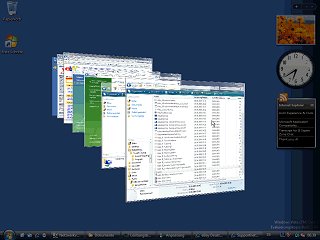 |
January 30, 2007. After a long wait, Microsoft finally releases Windows Vista (Windows NT 6.0).
Features:
3D hardware-rendered user interface like MacOS X.
Bundles IE 7,. unremovable as always.
Increased Digital Restrictions Management that tries to prevent playback or duplication of unlicensed audio and video material.The very next day Mooninites invade Boston, creating terror, bringing the city to a standstill, and costing millions of dollars in damage. Coincidence? I don’t think so.More Info… Links…. |
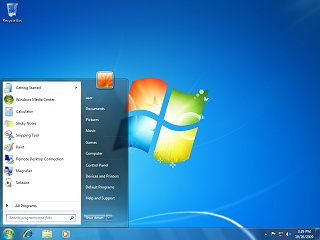 |
July 2009. Windows 7 (NT 6.1) released – relatively little difference over Vista, but may be historically important as the last vaguely sane version of Windows.Features:
You can “pin” icons to the Taskbar.
Ribbons replace menus in some applications.More Info… Links…. |
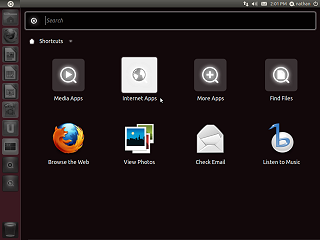 |
April 2011. Ubuntu releases 11.4 with it’s new Unity interface.Features:
Removes the task bar.
Launcher merges the role of the taskbar and the top panel’s shortcuts.
The Top Bar displays the menu of the current foreground application like the MacOS menu bar.
The Home Button and the “Dash” replace the Applications Menu.More Info… Links…. |
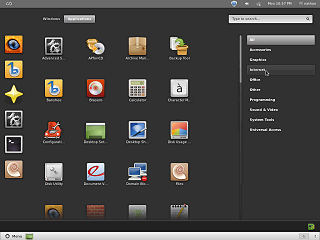 |
April 2011. Gnome 3 released, with a desktop that is similar to that of Unity.Features:
Removes most of the cutomizability of Gnome 2.
More huge icons that take up the entire screen.More Info… Links…. |
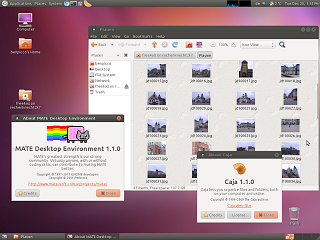 |
August 19, 2011: MATE released. MATE is a fork of the GNOME 2 desktop that preserves the same user interface.Features:
A standard desktop user interface
All the flexibility and configurability of GNOME 2.xMore Info… Links…. |
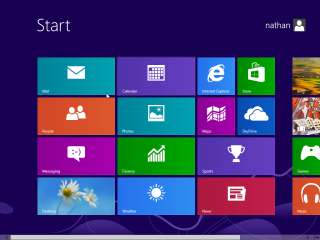 |
2012. augusztusa. Microsoft Windows 8. placing a minimalist interface optimized for mobile devices over its Vista/7 desktop interface.Features:
“Apps” that you can only use if you have a Microsoft Live internet account.
These “apps” all run in a full screen DOS like mode ironically called “Modern UI” (formerly called Metro prior to release.)
Heavily promotes impractical “touch” navigation of the UI on desktop systems.
Mouse navigation uses invisible non-discoverable actions involving the corners of the screen.
Removes the “Start” menu from the desktop mode.
Other changes leave the desktop a confusing mix of UIs.Windows 8 logo compliant computers require “SecureBoot” which creates a barrier to running any non Microsoft signed OSes.More Info… Links…. |
Tetszett a bejegyzés?
Tetszik Betöltés...















